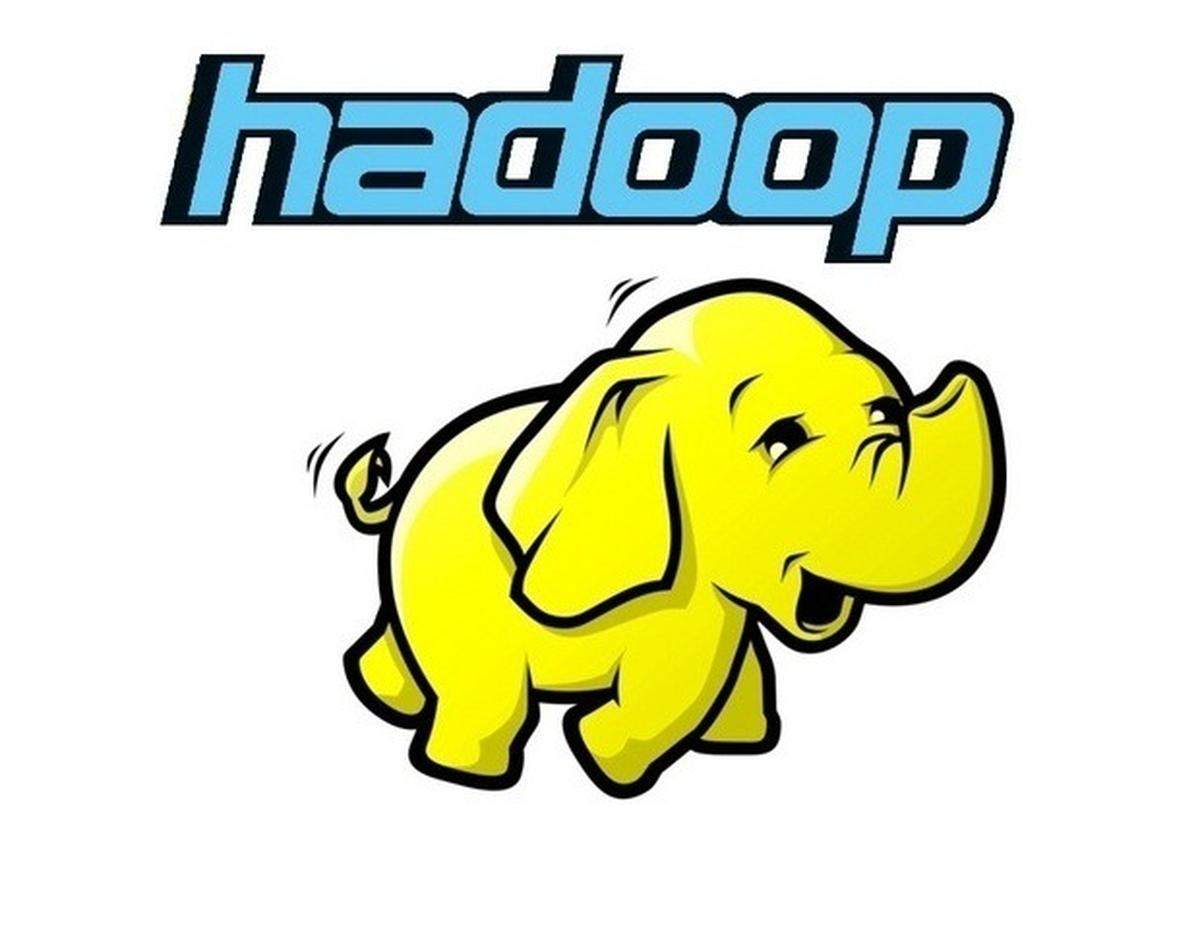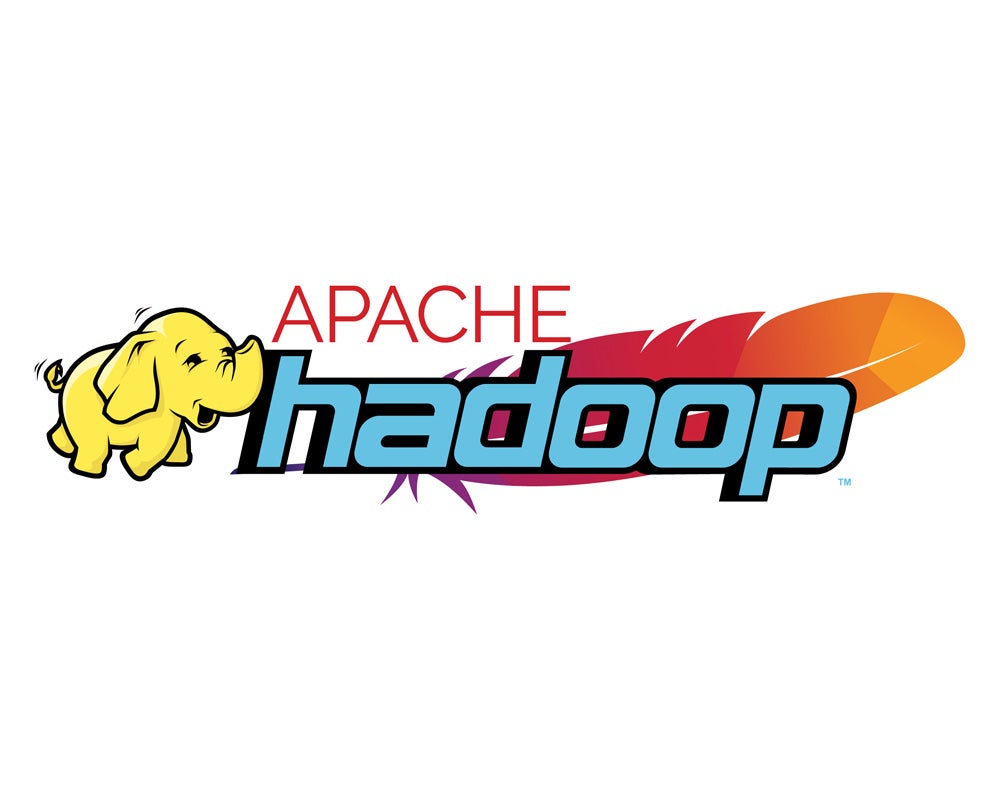Apache Hadoop, a cornerstone of big data processing, empowers organizations to handle massive datasets with remarkable efficiency. This open-source framework, renowned for its distributed architecture, enables parallel processing, storage, and analysis of vast amounts of data, unlocking valuable insights that would otherwise remain hidden.
Table of Contents
At its core, Hadoop comprises three fundamental components: HDFS (Hadoop Distributed File System), YARN (Yet Another Resource Negotiator), and MapReduce. HDFS acts as a robust and scalable storage system, while YARN manages resource allocation and job scheduling. MapReduce, the workhorse of Hadoop, facilitates parallel data processing, enabling complex computations across a cluster of machines.
Hadoop Ecosystem
Hadoop is not a standalone technology; it forms the foundation for a vast ecosystem of tools and technologies that extend its capabilities and address specific needs in big data processing. These tools work together to streamline data ingestion, storage, processing, and analysis, enabling organizations to derive valuable insights from massive datasets.
Hive, Apache hadoop
Hive provides a SQL-like interface for querying data stored in Hadoop’s distributed file system (HDFS). It simplifies data analysis by allowing users to write queries in a familiar language, abstracting the complexities of Hadoop’s underlying infrastructure. Hive translates these SQL-like queries into MapReduce jobs, which are then executed on the Hadoop cluster.
Hive is a data warehouse software built on top of Hadoop that provides a SQL-like interface to query data stored in HDFS.
Hive offers several advantages:
- Simplified Querying: Hive allows users to query data using SQL-like syntax, eliminating the need to write complex MapReduce programs.
- Data Schema: Hive defines data schemas for tables stored in HDFS, providing a structured way to organize and access data.
- Data Transformation: Hive supports data transformation operations, such as filtering, aggregation, and joins, allowing users to manipulate data before analysis.
- Scalability: Hive leverages Hadoop’s distributed architecture, enabling it to handle massive datasets efficiently.
Hadoop Security

Hadoop, a distributed computing framework, handles massive datasets across a cluster of nodes. While it provides robust functionalities, securing these deployments is crucial to protect sensitive data and maintain system integrity. This section explores security considerations for Hadoop deployments, focusing on securing HDFS and YARN.
Securing HDFS
Securing HDFS, the Hadoop Distributed File System, involves protecting data stored within the cluster. This includes implementing access control mechanisms, data encryption, and network security measures.
Access Control
HDFS utilizes a hierarchical file system, where access permissions are assigned to users and groups. These permissions dictate read, write, and execute privileges for files and directories.
* File System Permissions: HDFS allows setting permissions for files and directories using the standard Unix-style permissions (read, write, execute) for the owner, group, and others.
* User and Group Mapping: Users and groups can be mapped to specific accounts in the Hadoop cluster, enabling fine-grained access control.
* Kerberos Authentication: Kerberos, a widely-used authentication protocol, can be integrated with HDFS to authenticate users and secure communication between nodes.
Data Encryption
Data encryption is essential for protecting sensitive information stored in HDFS. Hadoop offers various encryption mechanisms:
* HDFS Encryption Zone: This feature allows encrypting specific directories or files within the file system.
* Data-at-Rest Encryption: This encrypts data stored on disk, protecting it even if the underlying storage devices are compromised.
* Data-in-Transit Encryption: This encrypts data during transmission between nodes, securing data while it travels across the network.
Network Security
Network security measures protect data transmission within the Hadoop cluster.
* SSL/TLS Encryption: Secure Sockets Layer (SSL) or Transport Layer Security (TLS) can be used to encrypt communication between HDFS clients and NameNode.
* Network Access Control: Restricting network access to the Hadoop cluster by implementing firewalls and access control lists (ACLs) helps prevent unauthorized connections.
* Secure Shell (SSH): SSH can be used for secure remote access to Hadoop nodes, ensuring secure communication between administrators and the cluster.
Securing YARN
YARN (Yet Another Resource Negotiator) manages resource allocation and job scheduling in Hadoop. Securing YARN involves protecting its components and the applications running on it.
Authentication and Authorization
YARN leverages authentication and authorization mechanisms to control access to resources and applications.
* Kerberos Authentication: Kerberos can be used to authenticate users and applications accessing YARN.
* YARN ACLs: Access control lists (ACLs) can be implemented to define permissions for users and applications to submit jobs and access resources.
Resource Isolation
YARN provides resource isolation mechanisms to prevent applications from interfering with each other.
* Containerization: YARN runs applications within isolated containers, preventing them from accessing resources outside their allocated limits.
* Resource Quotas: Resource quotas can be set for users and applications to limit the resources they can consume.
Secure Application Execution
YARN supports secure application execution by allowing applications to run with specific user privileges.
* Application-Specific Permissions: Applications can be granted specific permissions to access resources and data.
* Secure Shell (SSH): SSH can be used to securely execute applications on YARN nodes.
Future of Apache Hadoop

Apache Hadoop has been a dominant force in the big data landscape for over a decade, enabling organizations to store, process, and analyze massive datasets. As the world continues to generate data at an unprecedented rate, Hadoop is evolving to meet the demands of modern big data applications.
Trends and Advancements
Hadoop is constantly evolving to address the challenges of modern big data. Some of the key trends and advancements include:
- Cloud-Native Hadoop: Hadoop is increasingly being deployed on cloud platforms like AWS, Azure, and Google Cloud. This offers several benefits, including scalability, cost-effectiveness, and ease of management. Cloud-native Hadoop distributions, such as Amazon EMR and Azure HDInsight, provide pre-configured and managed Hadoop clusters, simplifying deployment and maintenance.
- Real-Time Processing: Traditional Hadoop was primarily designed for batch processing, but modern applications require real-time insights. Frameworks like Apache Spark and Apache Flink are being integrated with Hadoop to enable real-time data processing and analysis.
- Data Lake Architectures: Hadoop is a core component of data lake architectures, which store all data in a single repository, regardless of structure or format. This allows for greater flexibility and agility in data analysis.
- Machine Learning and AI: Hadoop is being used to power machine learning and AI applications. Hadoop’s ability to store and process large datasets makes it an ideal platform for training and deploying machine learning models.
- Data Governance and Security: As data becomes more sensitive, data governance and security are paramount. Hadoop is evolving to incorporate robust security features, including access control, data encryption, and auditing capabilities.
Future Directions and Potential Applications
Hadoop’s future is bright, with several potential applications and directions:
- Edge Computing: As the Internet of Things (IoT) grows, Hadoop will play a crucial role in processing data at the edge, closer to where it’s generated. This will enable real-time insights and faster decision-making.
- Data Science and Analytics: Hadoop will continue to be a vital platform for data scientists and analysts, providing the infrastructure to explore and analyze massive datasets.
- Hybrid Cloud Environments: Hadoop will likely become more integrated with hybrid cloud environments, enabling organizations to leverage the benefits of both on-premises and cloud resources.
- Quantum Computing: As quantum computing matures, Hadoop could play a role in managing and processing the vast amounts of data generated by quantum computers.
Evolution in the Big Data Landscape
Hadoop will continue to evolve in the big data landscape, adapting to new technologies and challenges. Here are some key aspects of its evolution:
- Increased Interoperability: Hadoop will become more interoperable with other big data technologies, fostering a more integrated ecosystem.
- Simplified Management: Hadoop will continue to simplify management and deployment, making it more accessible to a wider range of users.
- Focus on Data Quality: As data quality becomes increasingly important, Hadoop will incorporate tools and techniques to ensure data accuracy and reliability.
- Greater Automation: Hadoop will embrace automation, enabling organizations to streamline data processing and analysis workflows.
Epilogue: Apache Hadoop

Apache Hadoop, with its versatility and scalability, continues to revolutionize how organizations handle big data. From data warehousing and web analytics to scientific computing and machine learning, Hadoop’s influence spans across various industries, empowering businesses to harness the power of their data and gain a competitive edge.
Apache Hadoop is a powerful open-source framework for distributed storage and processing of massive datasets. While Hadoop is primarily known for its data crunching capabilities, it can also be used to analyze complex 3D models, such as those created in catia , a leading CAD software.
By leveraging Hadoop’s distributed nature, engineers can efficiently analyze large datasets of design data, identify trends, and optimize their designs.
